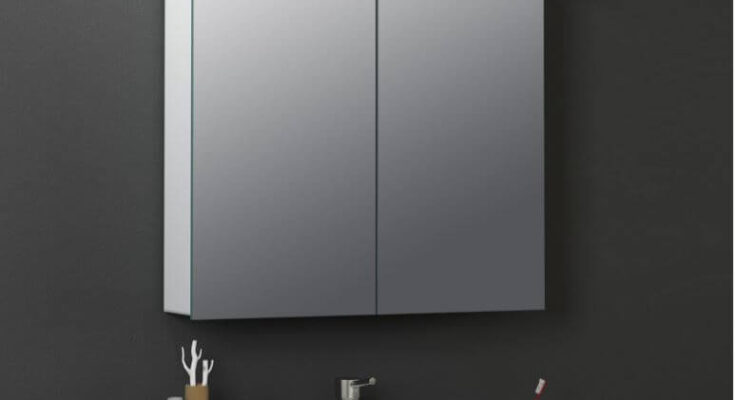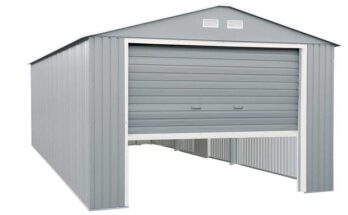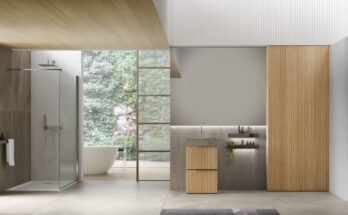When it comes to choosing materials for bathroom units, there are several options to consider. The best material for bathroom units depends on your preferences, budget, and the overall style you want to achieve. Here are some popular choices:
Plywood: Plywood is an affordable and commonly used material for bathroom units. It is durable, moisture-resistant, and can be easily painted or laminated to match your desired style.
Medium Density Fiberboard (MDF): MDF is another cost-effective option for bathroom units. It is made from compressed wood fibers and is known for its smooth finish. MDF can be painted or laminated and is resistant to moisture when properly sealed.
Solid Wood: Solid wood, such as oak, maple, or teak, can add a touch of elegance to your bathroom units. It is sturdy and durable, but it requires proper sealing to protect it from moisture damage.
Laminate: Laminate is a popular choice for bathroom units due to its affordability and versatility. It is a synthetic material that consists of layers of resin and paper or wood fibers. Laminate is moisture-resistant, easy to clean, and available in a wide range of colors and patterns.
Acrylic: Acrylic is a lightweight and durable material that is often used for bathroom units like shower enclosures or bathtub surrounds. It is resistant to moisture, easy to clean, and available in different colors and finishes.
What’s the best way to select the right bathroom unit?
Selecting the right bathroom unit involves considering several factors to ensure it meets your needs and preferences.
Determine your requirements and style:
Start by evaluating your requirements. Consider the available space in your bathroom, the purpose of the unit (e.g., vanity, storage, shower enclosure), and any specific features you desire (e.g., drawers, shelves, mirror, sink). Decide on the overall style you want to achieve in your bathroom. Whether it’s modern, traditional, minimalist, or rustic, choose a unit that complements the existing aesthetic or serves as a focal point for your desired style.
Evaluate materials:
Choose a material that suits your budget, desired aesthetics, and level of maintenance you’re willing to undertake. Consider factors such as moisture resistance, durability, and ease of cleaning. Refer to the previous response for popular bathroom unit materials. Look for reputable brands or suppliers known for their quality products and good customer service. Read reviews, seek recommendations, and compare prices to make an informed decision.
Assess functionality and storage needs:
Determine the functionality and storage requirements for your bathroom unit. Consider the number of drawers, shelves, or cabinets you need to store toiletries, towels, and other bathroom essentials. Ensure the unit has enough space to accommodate your needs.
Consider installation and maintenance:
Evaluate the installation process and whether you’ll require professional assistance. Additionally, consider the maintenance requirements of the chosen material and unit to ensure it fits your lifestyle.
Visualize the final look:
Imagine how the bathroom unit will look in your bathroom. Consider how it will integrate with other fixtures, colors, and elements to create a cohesive and aesthetically pleasing space.
Seek professional advice if needed:
If you’re unsure about any aspect of the selection process, consult a professional, such as an interior designer or contractor, who can provide guidance based on your specific requirements and budget.




